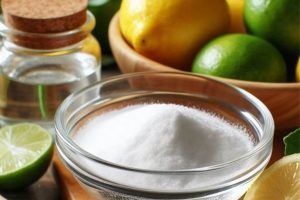What are the best substitutes for Citric Acid?
Are you looking for a substitute for Citric Acid? Do you need a natural citric acid alternative that you can easily use in your recipes? Whether you are looking to add a tangy flavor to your dishes or need a natural preservative, these alternatives have got you covered.
Citric acid is commonly used in the food industry for its sour taste and ability to extend the shelf life of products. However, some individuals may have allergies or dietary restrictions that prevent them from consuming it. Fortunately, there are plenty of natural alternatives that can provide similar benefits without compromising on taste or quality. Remember, cooking without citric acid doesn’t mean compromising on flavor or quality. With these natural alternatives, you can still achieve the desired taste and texture in your favorite recipes.
Try using: Lemon or Lime Juice, White Vinegar, Apple Cider Vinegar, Cream of Tartar, Salt or Yogurt.
What is Citric Acid?
Citric acid typically comes in powder form, and you can find it in most grocery stores or specialty food shops. It looks like fine, white crystals and is easy to dissolve in liquids. The powdered form is great for adding to recipes where a bit of acidity is needed. It’s a versatile ingredient which means you can use it in both sweet and savory dishes.
Citric acid is a natural acid found in citrus fruits like lemons, oranges, and limes. It’s widely used in the food industry as a flavor enhancer and preservative. You’ve probably encountered it in various recipes, especially in jams, jellies, and beverages. Besides its tangy flavor, citric acid also acts as a stabilizing agent in certain food preparations. If you ever find yourself in need of a substitute, just remember the citrus family – lemon or lime juice can often step in and do the trick!
Okay, before we look at your citric acid substitute options, let’s deal with that empty cupboard situation!
Where can I buy Citric Acid?
If you want to be more prepared and ensure you don’t run out of citric acid, then you should stock up now.
Nowadays, most general supermarkets stock a variety of citric acid. Or if you prefer you can also purchase citric acid on-line.
So why not jump on and place your order today.
STOCK UP NOW!
You can use this versatile product as a natural food preserver, as a food flavor, or even as a cleaning agent!
Kosher, non-GMO and gluten-free.
What can I substitute for Citric acid?
Here are some of the best ingredients to substitute the flavor and role that citric acid provides in your recipes.
- Lemon or Lime Juice
- White Vinegar
- Apple Cider Vinegar
- Cream of Tartar
- Salt
- Yogurt
Citric Acid substitutes
Lemon or Lime Juice
Using lime or lemon juice as a substitute for citric acid is a breeze! If your recipe calls for citric acid, you can typically swap it with an equal amount of freshly squeezed lime or lemon juice. :
- Adjust for Taste: Citrus juice might have a more pronounced flavor than citric acid, so start by using the same quantity and then adjust to taste.
- Fresh is Best: Whenever possible, go for freshly squeezed lime or lemon juice. It not only adds acidity but also brings in a burst of fresh citrus flavor.
- Balance the Liquid: If your recipe involves liquid, consider reducing other liquid ingredients slightly to maintain the overall consistency.
- Test and Adjust: Since the acidity levels can vary between fruits, it’s a good idea to taste and adjust as needed. This way, you’ll nail the balance for your recipe.
Let your taste buds guide you to the perfect substitution.
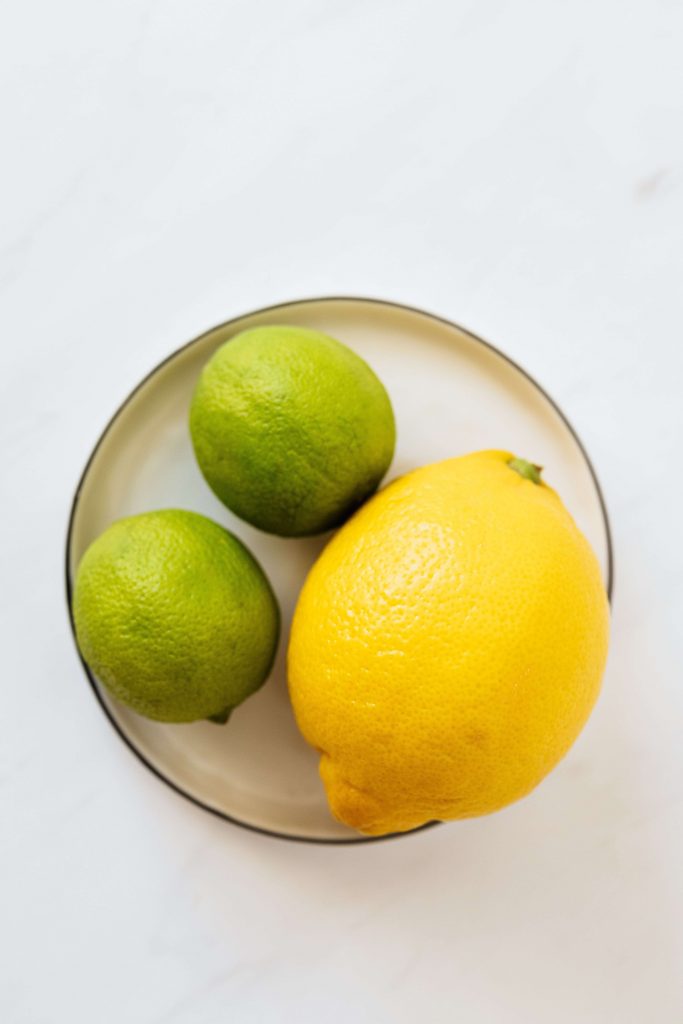
White Vinegar
White vinegar, is also knownn as distilled vinegar. It is a type of vinegar that you make through the fermentation of distilled alcohol. Here are the key points about white vinegar:
- Source: White vinegar is typically made from grain alcohol (ethanol), which is fermented and then undergoes a second fermentation to produce acetic acid.
- Clear and Colorless: It’s called “white” vinegar because it is clear and colorless, in contrast to other types of vinegar like apple cider vinegar, which has a brownish hue.
- Acidic Content: White vinegar has a high acetic acid content, giving it a sharp, sour taste. This acidity makes it a common ingredient in cooking, pickling, and food preservation.
- Versatile Uses: White vinegar has various household uses beyond the kitchen, including cleaning and disinfecting due to its antimicrobial properties.
- Preservative: Its acidity also contributes to its preservative qualities, making it a popular choice for pickling vegetables and fruits.
Whether it’s in dressings, marinades, or baked goods, white vinegar can be a versatile substitute for citric acid.
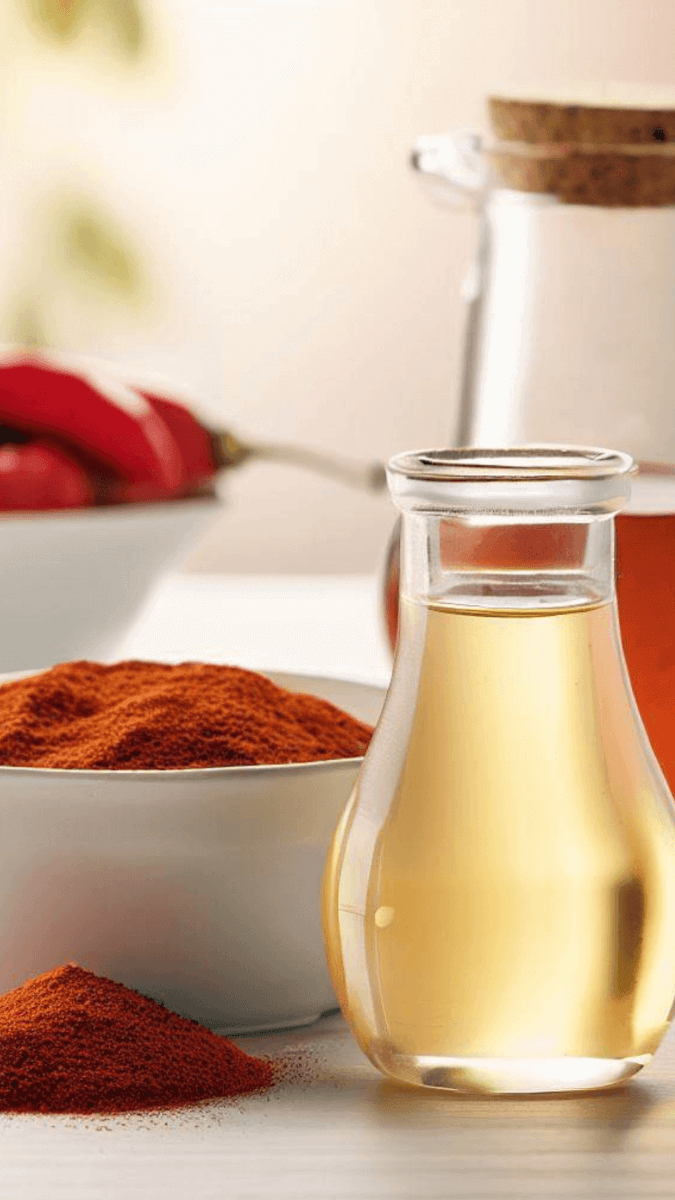
Apple Cider Vinegar
Apple cider vinegar is a type of vinegar that you make from fermented apple juice. Here’s a bit more information on it:
- Fermentation Process: Apple cider vinegar is produced through a two-step fermentation process. First, apples are crushed to extract the juice. Then, bacteria and yeast are added to the juice to ferment the sugars, turning them into alcohol.
- Acetic Acid Formation: In the second stage of fermentation, the alcohol is further fermented by acetic acid bacteria, which converts it into acetic acid. This gives the vinegar its characteristic sour taste and strong odor.
- Unpasteurized vs. Pasteurized: Some varieties of apple cider vinegar are sold unpasteurized and contain “the mother,” which is a combination of beneficial bacteria and enzymes. This is believed to have health benefits. Pasteurized versions have undergone a heating process that removes the mother but extends shelf life.
- Versatile Uses: Apple cider vinegar is a versatile ingredient used in cooking, salad dressings, marinades, and even as a condiment. It has gained popularity for its potential health benefits, although scientific evidence supporting some of these claims is still limited.
Here’s how you can seamlessly incorporate it into your recipes:
- Quantity Conversion: Replace citric acid with an equal amount of apple cider vinegar. If your recipe calls for a teaspoon of citric acid, use a teaspoon of apple cider vinegar.
- Consider Flavor Profile: Apple cider vinegar has a distinct flavor, so be mindful of how it might contribute to the taste of your dish. It can add a slightly fruity and tangy note.
- Adjust for Acidity: Like with white vinegar, start with a slightly smaller amount of apple cider vinegar and taste as you go. You can always add more if needed.
- Balance the Liquid: If your recipe has other liquid components, you may want to adjust them slightly to maintain the desired consistency.
Don’t be afraid to experiment with the quantity and find the right balance for your specific recipe. Remember, it’s all about tailoring it to your taste preferences.
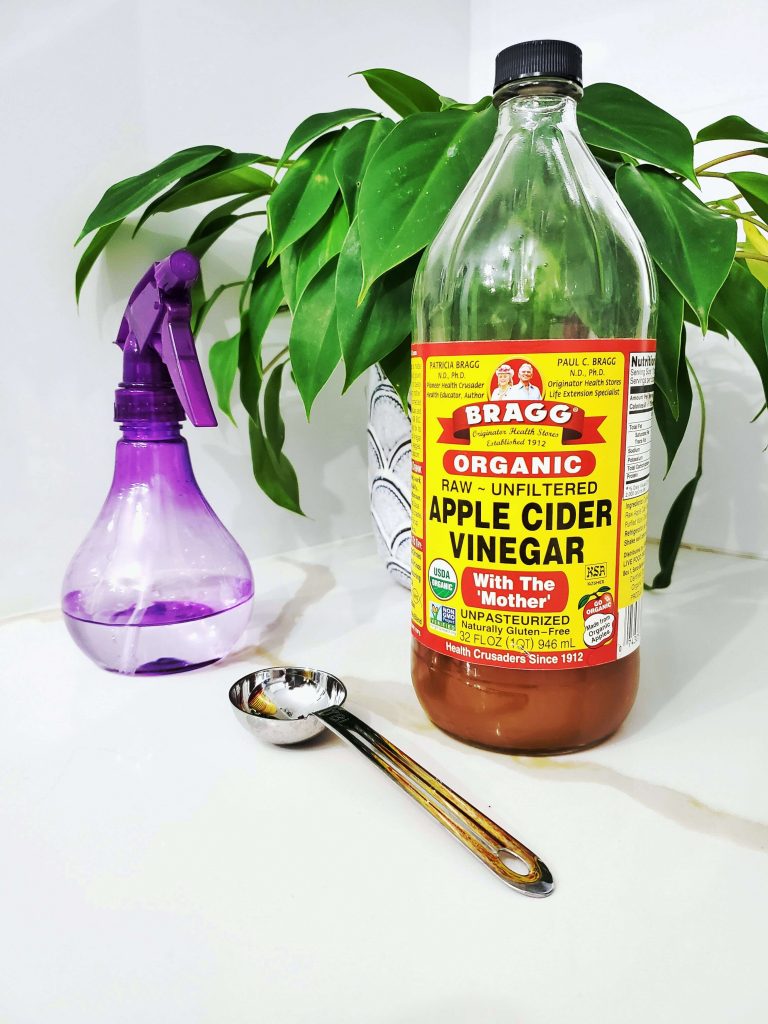
Cream of Tartar
Cream of tartar is a powdery, acidic byproduct that actually forms during the winemaking process. It’s technically known as potassium hydrogen tartrate and is obtained from the sediment left behind in wine barrels. Here are a few key points about cream of tartar:
- Acidic Properties: Cream of tartar is mildly acidic, and you can use this acidity in baking to stabilize egg whites and prevent the crystallization of sugar in syrups.
- Common Baking Ingredient: In the kitchen, cream of tartar is frequently used in baking powder to activate the leavening agents and give baked goods a lighter texture.
- Stabilizing Agent: It’s handy for preventing sugar from forming crystals in syrups and candies, and you can use it in certain recipes to add a tangy taste.
- Versatile: Apart from baking, it has various applications, including cleaning and as a component in certain playdough recipes.
Cream of tartar can be a useful ingredient, especially as a substitute for citric acid in some recipes. Just keep in mind its slightly different flavor profile and adjust accordingly.
- Determine the Quantity: Replace citric acid with an equal amount of cream of tartar. If your recipe calls for, let’s say, one teaspoon of citric acid, use one teaspoon of cream of tartar.
- Consider the Taste: Keep in mind that cream of tartar has a slightly different taste than citric acid. It might impart a faint tartness, but it shouldn’t significantly alter the flavor profile.
- Adjust for Consistency: Cream of tartar is a powder, so it might affect the dryness of your recipe. Adjust other dry ingredients as needed to maintain the right consistency.
- Test and Adjust: Taste your dish as you go and make adjustments accordingly. You might find that you need a bit more or less to achieve the desired level of acidity.
- Explore in Baking: You can use cream of tartar in baking, so it’s a fantastic substitute in recipes like cookies and cakes. You can also use it to stabilize egg whites in meringues.
Feel free to get creative and let your taste buds guide you as you experiment with cream of tartar.
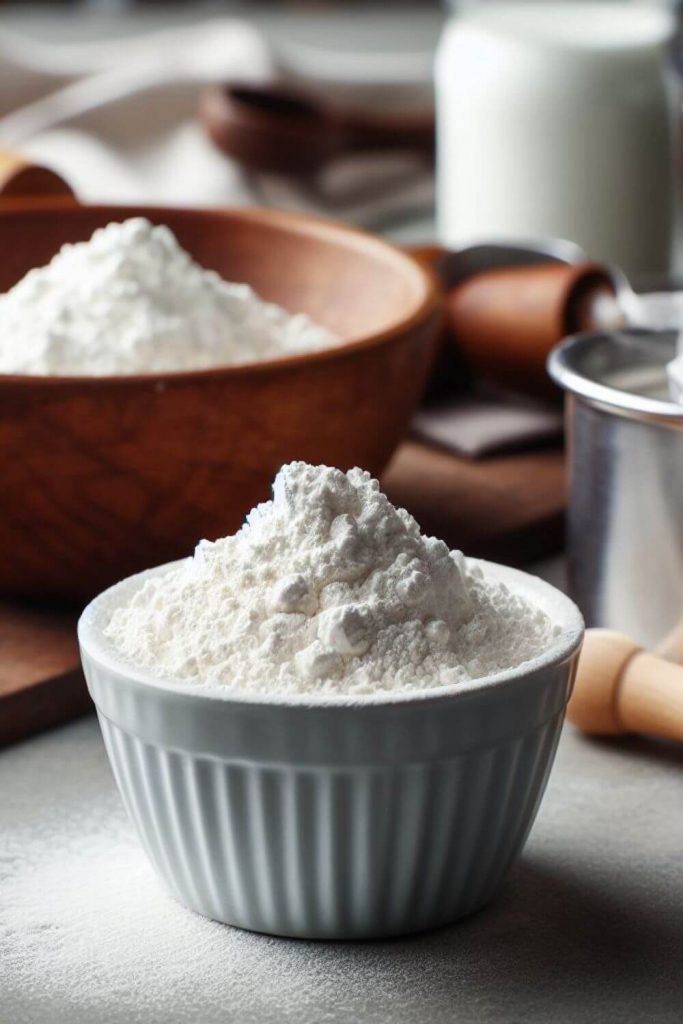
Salt
While salt isn’t a direct substitute for citric acid in terms of acidity, it can contribute to enhancing flavors in a different way. If you are going to use salt as a replacement, here are a few tips:
While no salt can exactly replicate the acidic properties of citric acid, certain salts can enhance flavors in a way that complements your recipes. Here are a couple of options you might consider:
- Sea Salt: Sea salt, especially varieties like fleur de sel or flaky sea salt, can add a subtle and nuanced flavor to your dishes. It works well in enhancing the taste of fresh ingredients.
- Himalayan Pink Salt: Known for its distinctive pink hue and rich mineral content, Himalayan pink salt can add a mild, earthy flavor. It’s a popular choice for both savory and sweet recipes.
Remember, when using salt as a substitute for citric acid, it’s more about enhancing overall flavor than replicating acidity. Start with a small amount, taste as you go, and adjust according to your preferences.
- Enhance Flavor: Salt won’t provide the tanginess of citric acid, but it can intensify other flavors in your dish. It’s particularly effective in savory recipes, helping to bring out the natural tastes of ingredients.
- Use Sparingly: Start with a small amount of salt and gradually increase if needed. It’s easy to overdo it, so always taste as you go.
- Consider the Dish: Salt is versatile, but it might not work well in every type of recipe as a direct substitute for citric acid. It’s often more suitable in savory dishes.
- Balance Other Flavors: Since you’re not getting the acidity of citric acid, consider balancing the salt with other elements like sweetness or umami to achieve a harmonious flavor profile.
Remember, this is more about enhancing overall taste than replicating the specific function of citric acid.
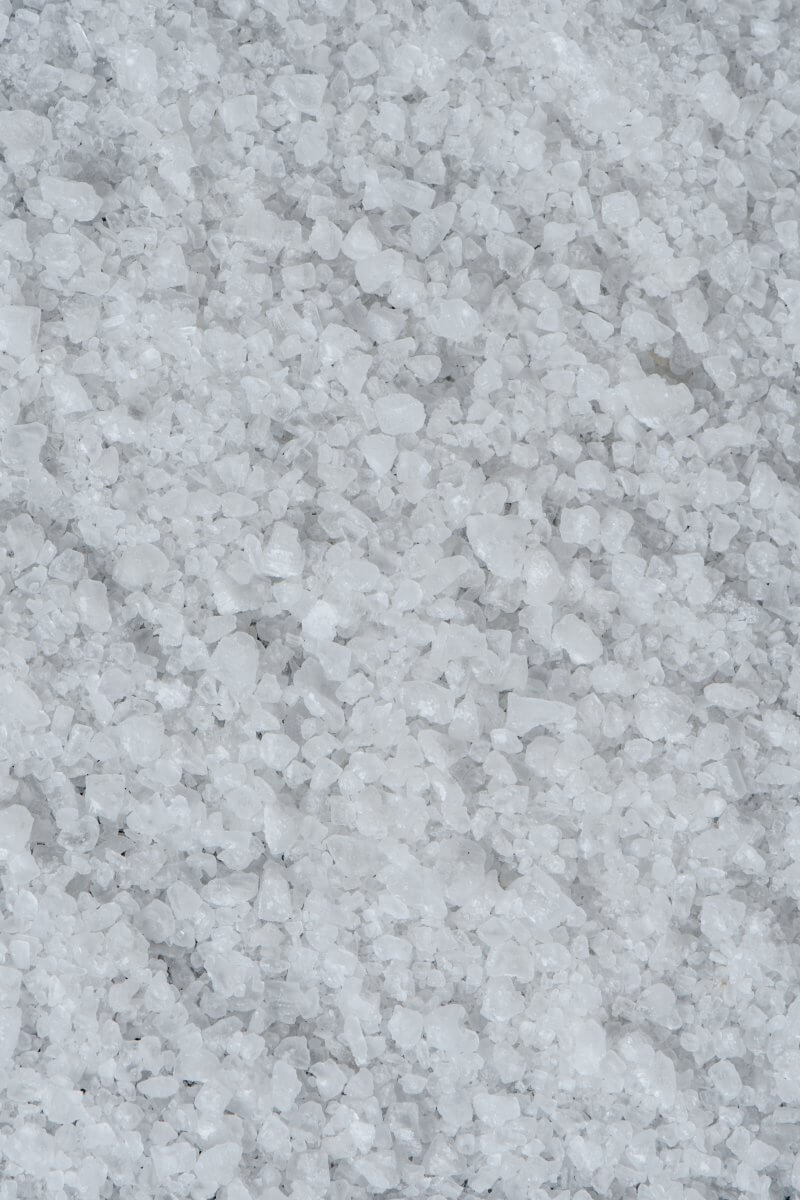
Yogurt
Yogurt can serve as a fantastic alternative to citric acid in certain recipes. Its natural acidity can provide a tangy flavor similar to that of citric acid. When substituting, consider using plain yogurt to avoid any added flavors (nobody wants to taste sweet strawberries in with their savory pie). Adjust the quantity based on the recipe, and you’ll likely achieve a delightful balance in acidity while adding a creamy texture. It’s a versatile choice that works well in various dishes, from marinades to dressings and even some baked goods.
Using yogurt as a substitute for citric acid is quite simple. Here’s a quick guide:
- Determine the Quantity: Check your recipe to see how much citric acid it calls for. As a general rule of tumb you can substitute yogurt on a 1:1 ratio, but you may need to adjust based on your taste preferences.
- Choose Plain Yogurt: Opt for plain yogurt without added flavors or sweeteners. This ensures that the tangy acidity of the yogurt won’t clash with the other flavors in your recipe.
- Incorporate into Wet Ingredients: If your recipe involves wet ingredients like sauces, dressings, or marinades, you can directly add the yogurt. Blend it in well to distribute the acidity evenly.
- Baked Goods: For baked goods, consider incorporating yogurt into the wet ingredients and adjusting the overall liquid content of the recipe if needed. This can add moisture and a subtle tang.
- Taste and Adjust: Once you’ve added the yogurt, taste the dish and adjust as necessary. If you need more acidity, you can gradually add more yogurt, but be careful not to overdo it.
Yogurt can bring a delightful twist to your recipes, offering both acidity and creaminess.
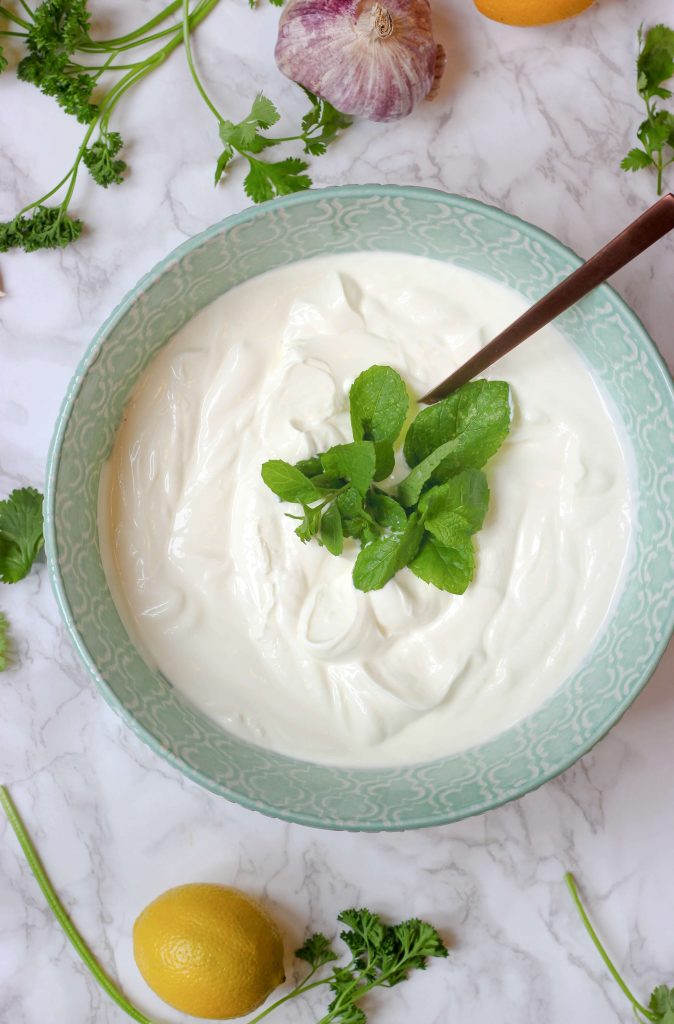
Summary for Citric Acid substitutes
Okay – that’s you all sorted with suitable substitutes for citric acid.
Certainly! Here’s a quick summary of using lemon or lime juice, white vinegar, apple cider vinegar, cream of tartar, and salt as substitutes for citric acid:
- Lemon or Lime Juice: Provides a tangy, citrusy flavor. Use in both sweet and savory dishes.
- White Vinegar: Adds a sharp acidic flavor. Works well in savory recipes. Add small amounts and taste regularly.
- Apple Cider Vinegar: Gives a fruity, tangy taste. Works well in both sweet and savory dishes.
- Cream of Tartar: Adds acitidty and acts as a sabliser in baking. Just use in equal parts to citric acid.
- Salt: Will enhance the overall flavor but doesn’t replicate citric acid properties. Always use sparingly in savory dishes.
- Yogurt: The natural acidity of yogurt makes it a fantastic alternative to citric acid in certain recipes. Brings a tangy flavor to your dish.
Remember to taste as you go and adjust quantities based on your preferences. These substitutes offer flexibility and allows you to tailor flavors to your liking.
We have gathered together a lot more facts on ingredients such as herbs, spices, oils, nuts, etc. if you would like to learn some more.
Or if you need to swap out another ingredient have a look at our Substitutes section.
